Understanding Foundation Cracks and Knowing When to Repair Them
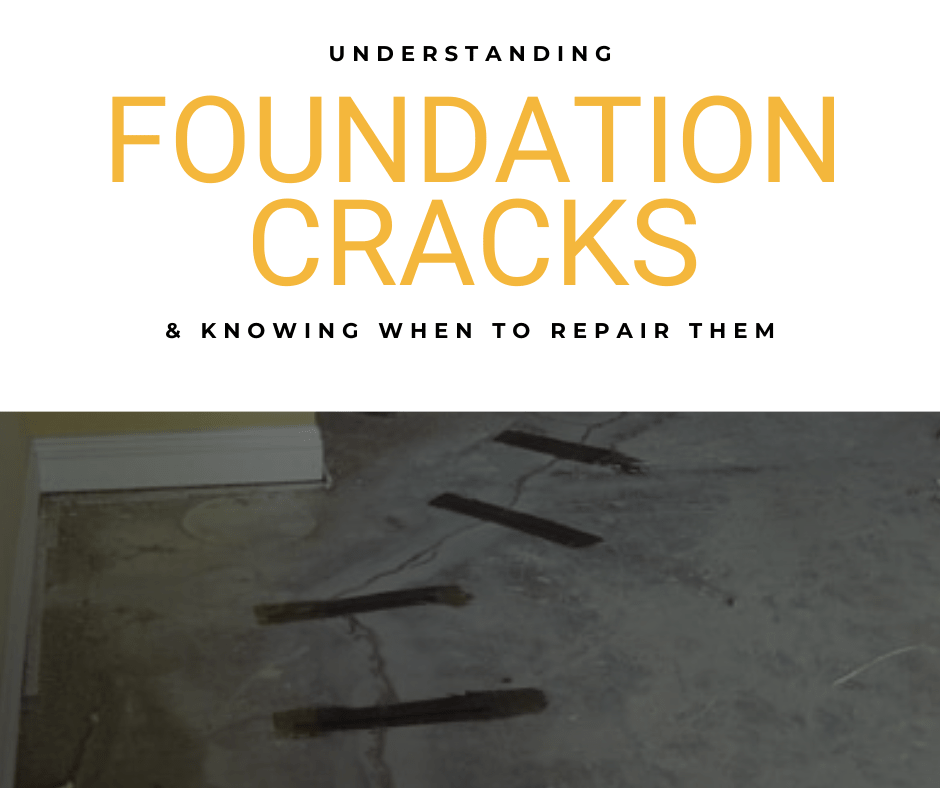
The best way to know how to repair foundation cracks is to understand why they happened in the first place. In this post we’re outlining the different types of cracks, how they form, and letting you know when they need to be repaired. In some cases, cracks in your foundation aren’t always a cause for concern.
Types of Foundation Cracks
Hairline Cracks
These nonstructural foundation cracks are generally vertical, and aren’t a cause for concern. These cracks include settlement cracks and shrinkage cracks. They are generally less than 1/32″ in width.
Especially in new construction homes, some cracking from settling is normal, and to be expected. More serious settlement can cause larger cracks, but so long as the cracks remain hairline, they aren’t a cause for concern.
Shrinkage cracks appear within the first few years of the home being built due to stress caused by the concrete shrinking as it dries. These are common and aren’t structural in nature. On their own, shrinkage cracks aren’t a cause for concern.
Vertical Cracks
These types of cracks run straight up and down, or within 30 degrees of vertical. Vertical cracks in walls usually appear due to concrete shrinkage if you have a newer home.
Even if your home isn’t new construction and vertical cracks appear, they are not usually a structural issue. However, over time, this type of crack will allow for water and insects to easily enter your home.
You will want to watch for any moisture, or a rusty looking discoloration in or near the crack. To repair a vertical crack, or make it water-tight, we will use a high-density polyurethane foam to fill in any gaps and voids within the concrete. In some cases, we will use other waterproofing methods throughout the rest of the basement if needed.
Diagonal Cracks
Diagonal cracks are often caused by differential settling of the foundation. Differential settling can happen at any time, whether the house is new or old. This type of settling is caused by a change in the ground conditions underneath the footings, which is why one end of the crack will generally be larger than the other.
They are often harmless, but not always. The most troublesome type of diagonal crack isn’t really a diagonal crack at all. Stair-step cracks in brick or concrete block foundation walls can indicate serious structural issues.
If it is just a hairline, and it doesn’t grow, it probably isn’t structural. Larger stair-step cracks, however, should be looked at by a foundation repair professional, as should other diagonal cracks that are growing or change direction.
Diagonal cracks, assuming they are not structural in nature, can be repaired using the same method we mentioned earlier. However, with diagonal cracks, more foam is typically needed to account for additional future movement.
Horizontal Cracks
A horizontal crack in the foundation is a structural concern. Horizontal cracks are a sign that your foundation might be failing.
Sometimes this is because the damaged foundation can no longer withstand the pressure and weight of the structure. These cracks will appear on load-bearing foundation walls, and develop below grade.
Other times, horizontal cracks in a below-grade foundation wall could be caused by hydrostatic pressure from water-logged soil pressing inward on the wall. If the pressure becomes more than the wall can bear, it will begin to bow inward and crack horizontally.
Tip: Monitor Your Foundation Cracks
If you notice new cracks in your foundation, especially if your home isn’t new, don’t simply write them off as unimportant and forget about them.
Instead, monitor them monthly for growth.
A growing hairline crack, at minimum, might eventually need to be filled to prevent water infiltration.
Also, while vertical and diagonal cracks generally aren’t big deals structurally, there are exceptions (like if you have multiple horizontal cracks in a small area). Monitoring the length and width of these cracks can give you a better idea on if the cracking is minor or if there is an on-going issue causing the damage.
Fixing Structural Foundation Cracks
If you have horizontal or stair-step cracks, you will eventually need to fix to them the same way as the vertical or diagonal cracks.
It does no good, however, to seal them when the underlying problem isn’t fixed. The cracks will just open up again, and other problems caused by the structural issues will only continue to grow.
If unstable soil beneath your home is the culprit, you might need foundation underpinning, where a professional foundation contractor installs a piering system that extends down to a load-bearing strata of soil.
If hydrostatic pressure is making your foundation wall bow, helical tiebacks or plate anchors might be in order, anchoring the wall in the soil outside to provide a counteracting force.
These repairs won’t fix the cracks. That requires an epoxy or foam injection or some other true crack repair method. These fixes will, however, remove the stresses that were causing the cracks to grow in the first place, allowing any cracks repairs to provide long-term benefits.
When In Doubt, Contact a Foundation Crack Repair Professional
All of the information listed here is general, and not all cracks are created equal. If you notice a crack growing or if you are experiencing other symptoms that might point to deeper foundation issues, don’t hesitate to contact a reputable foundation repair company. If all you need is crack filler, we’ll tell you that.
Foundation issues aren’t something to mess around with. It is better to be safe and have the peace of mind that everything is good than to let a potential problem fester.
For any of your foundation crack concerns and foundation repairs needs, contact us for a free quote.
Service Area
At Foundations on the Level we are proud to provide foundation repair and more services to San Diego and Orange counties in California. This includes the following cities and more:
San Diego County: Bonita, Carlsbad, Chula Vista, El Cajon, Encinitas, Escondido, Fallbrook, Lakeside, Lemon Grove, Oceanside, Rancho Santa Fe, San Diego, Santee, San Marcos, Spring Valley, Vista
Orange County: Aliso Viejo, Anaheim, Arcadia, Costa Mesa, Dana Point, Garden Grove, Huntington Beach, Irvine, Laguna Beach, Laguna Niguel, Mission Viejo, Newport Beach, Orange, San Clemente, San Juan Capistrano, Santa Ana, Tustin, Yucaipa
Similar Blog
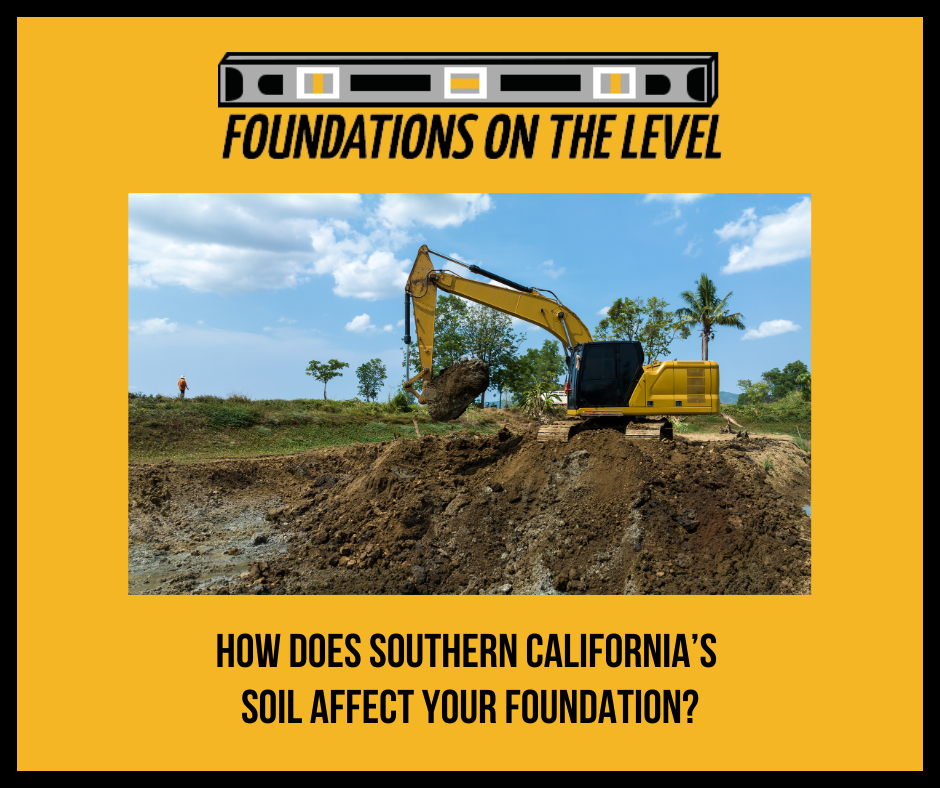
How Do Southern California’s Soils Affect Your Home’s Foundation?
November 7, 2024
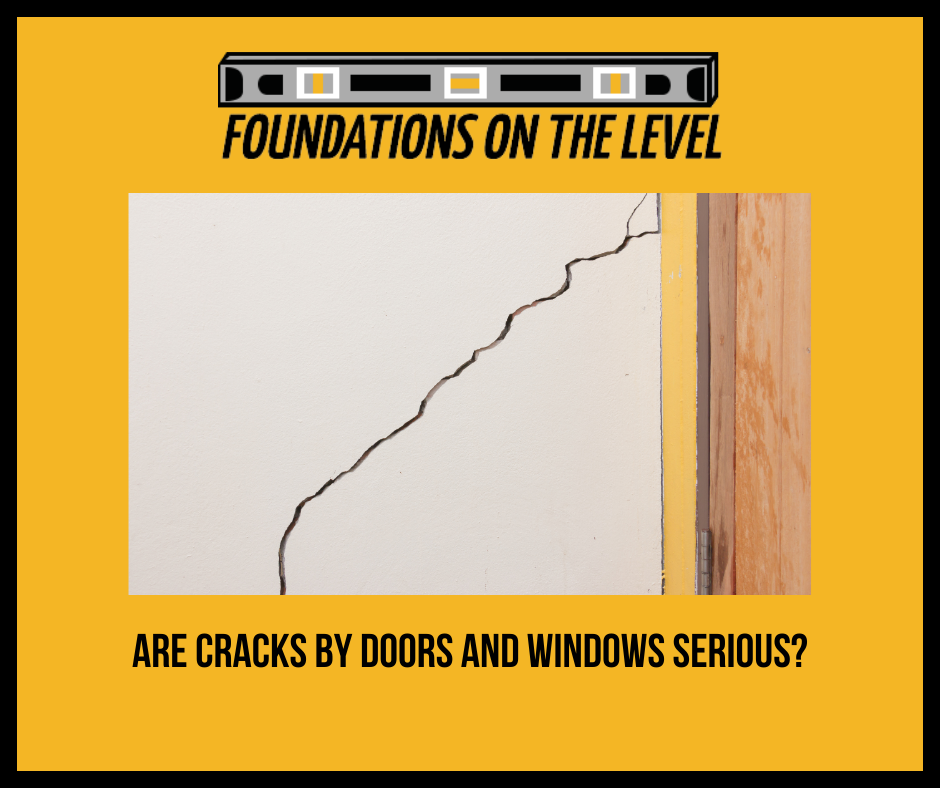
Are Cracks Around Windows & Doors Serious?
July 19, 2024
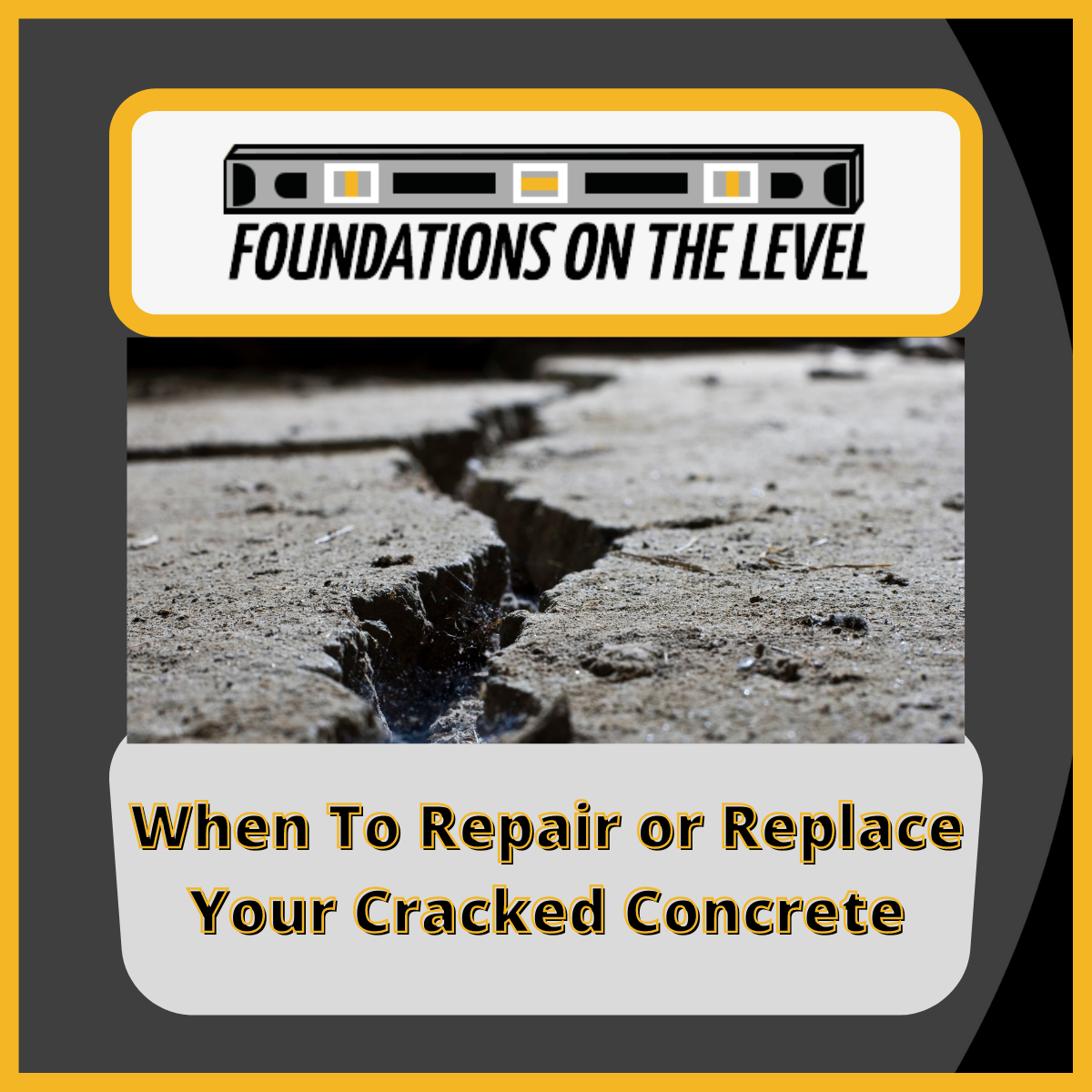
When To Repair or Replace Your Cracked Concrete
May 19, 2022
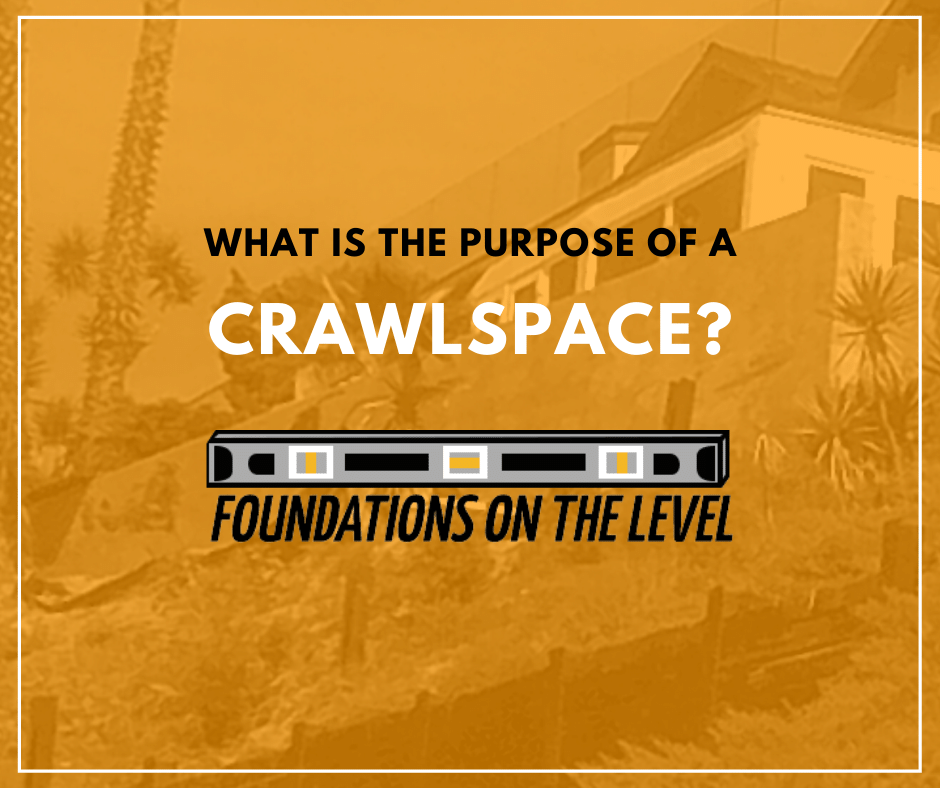
What is the Purpose of a Crawl Space?
April 1, 2022
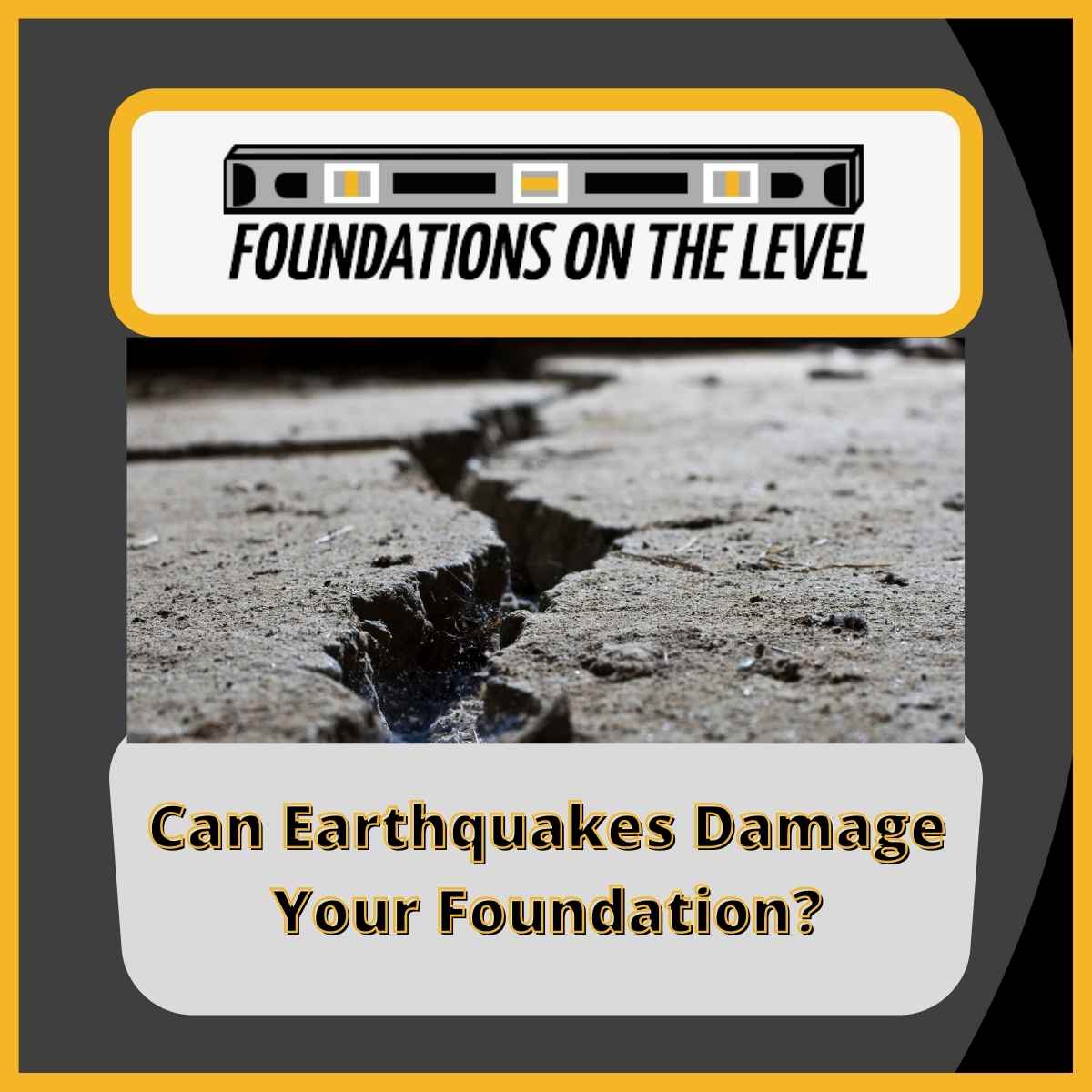
Can Earthquakes Damage Your Foundation?
January 17, 2022
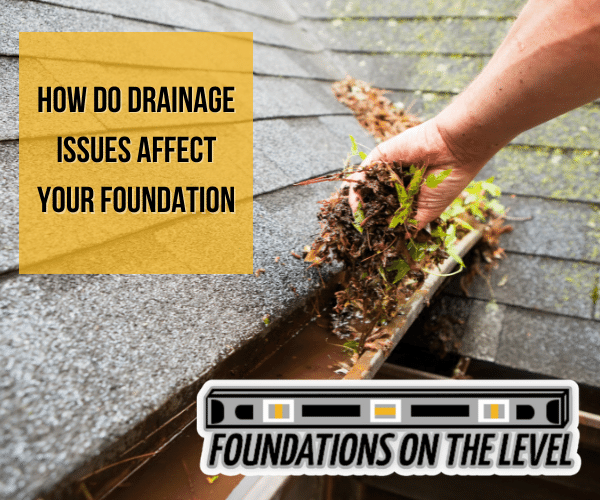
How Do Drainage Issues Affect Your Foundation
November 30, 2021
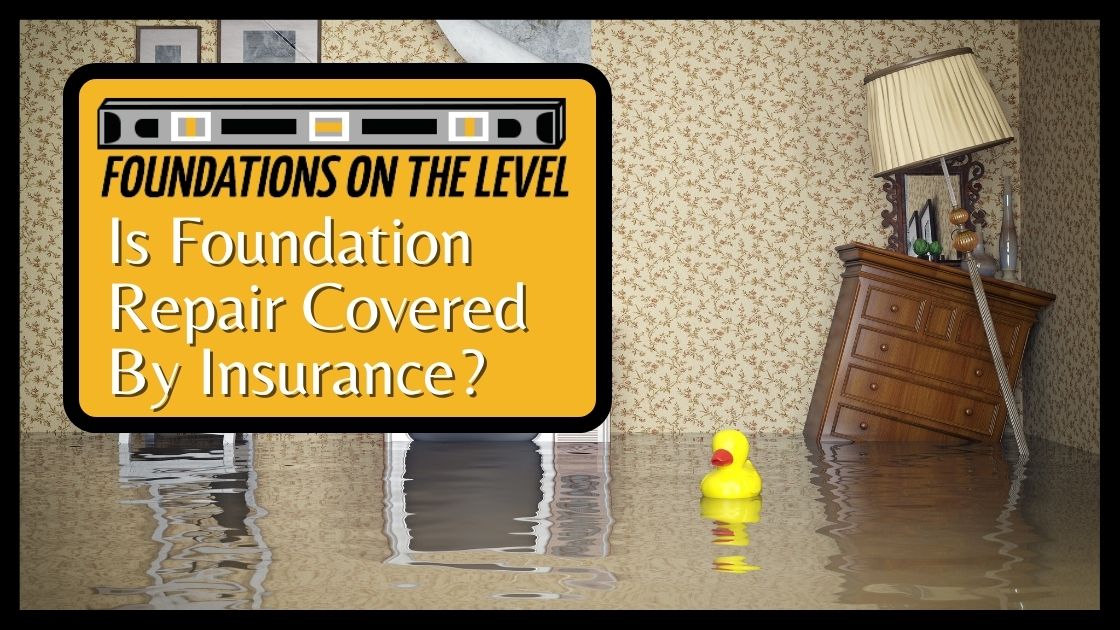
Is Foundation Repair Covered By Insurance?
October 7, 2021
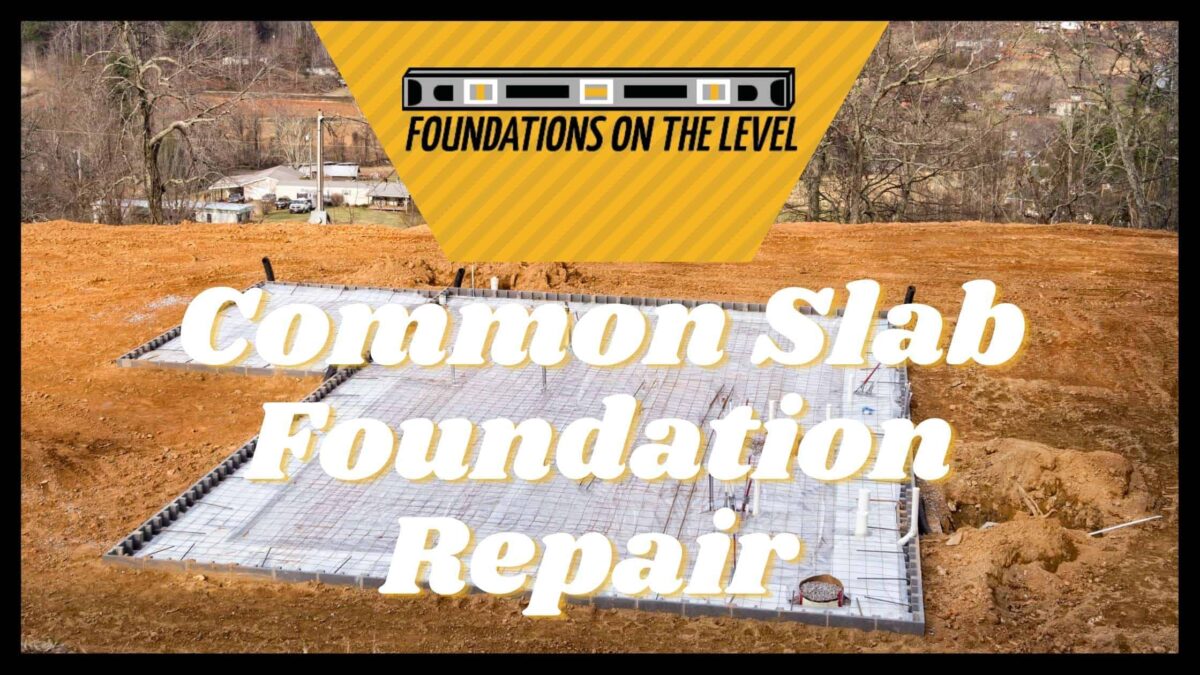
Common Slab Foundation Repair
September 16, 2021
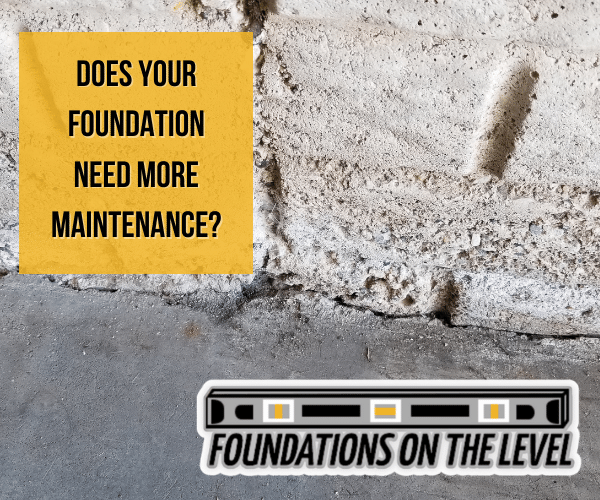
Does Your Foundation Need More Maintenance?
July 8, 2021
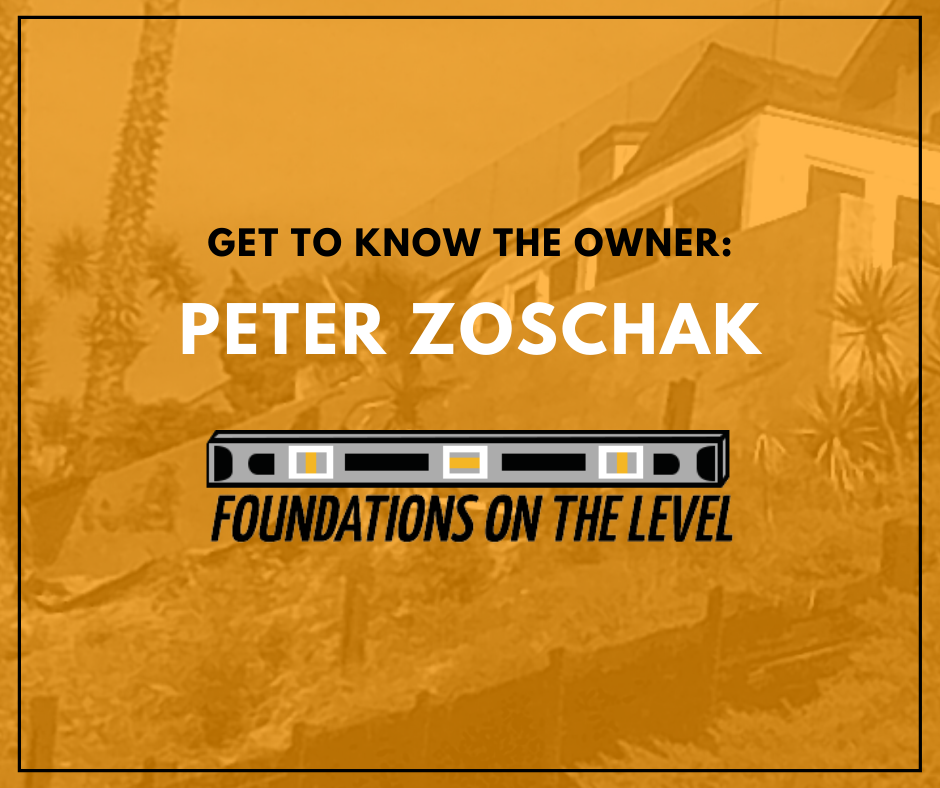
A Profile of Our Owner- Peter Zoschak
June 11, 2021

The Proof is in the Experience
April 9, 2021
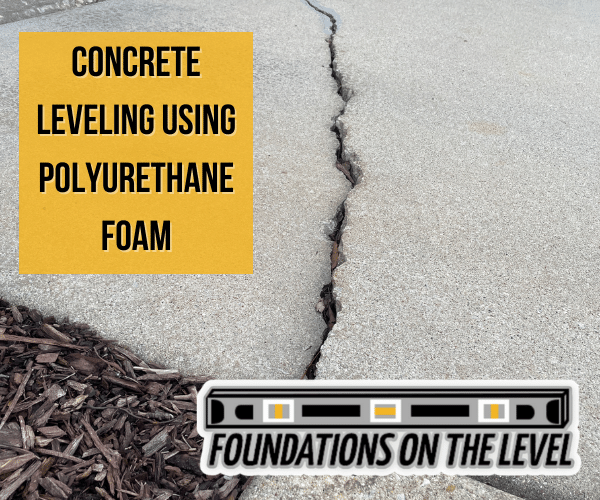
Concrete Leveling Using Polyurethane Foam
March 19, 2021
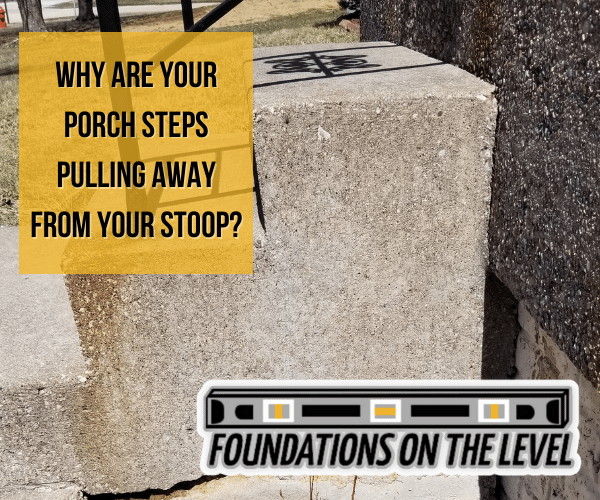
Why Are Your Porch Steps Pulling Away From Your Stoop?
March 8, 2021
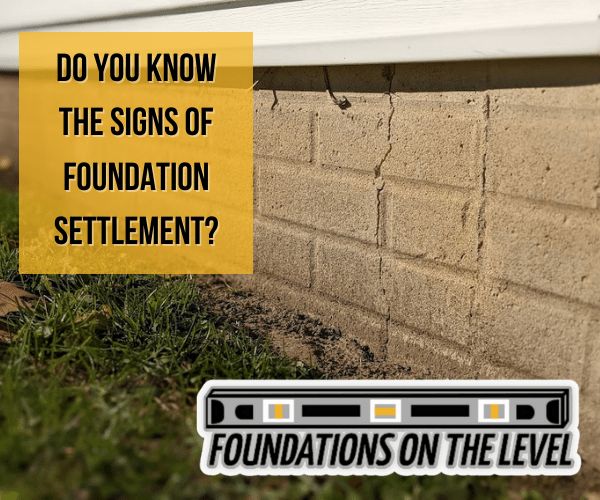
Do You Know the Signs of Foundation Settlement? (Video)
February 9, 2021
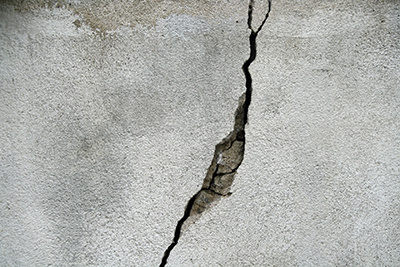
Repairing Cracked Foundations
February 4, 2021
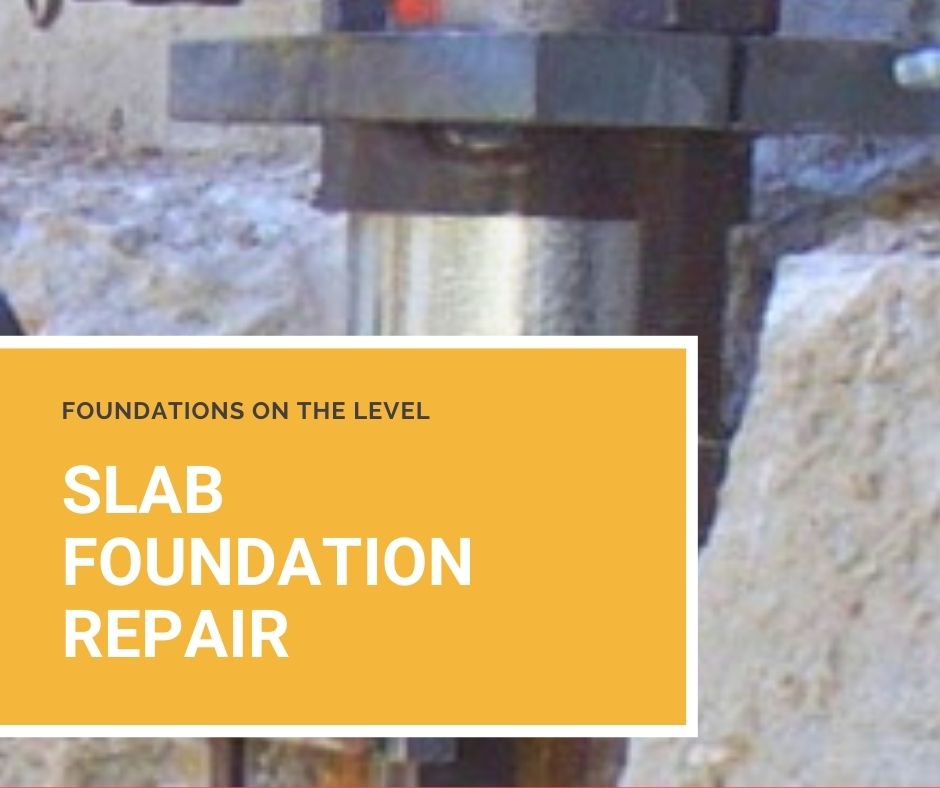
Slab Foundation Repair
January 15, 2021
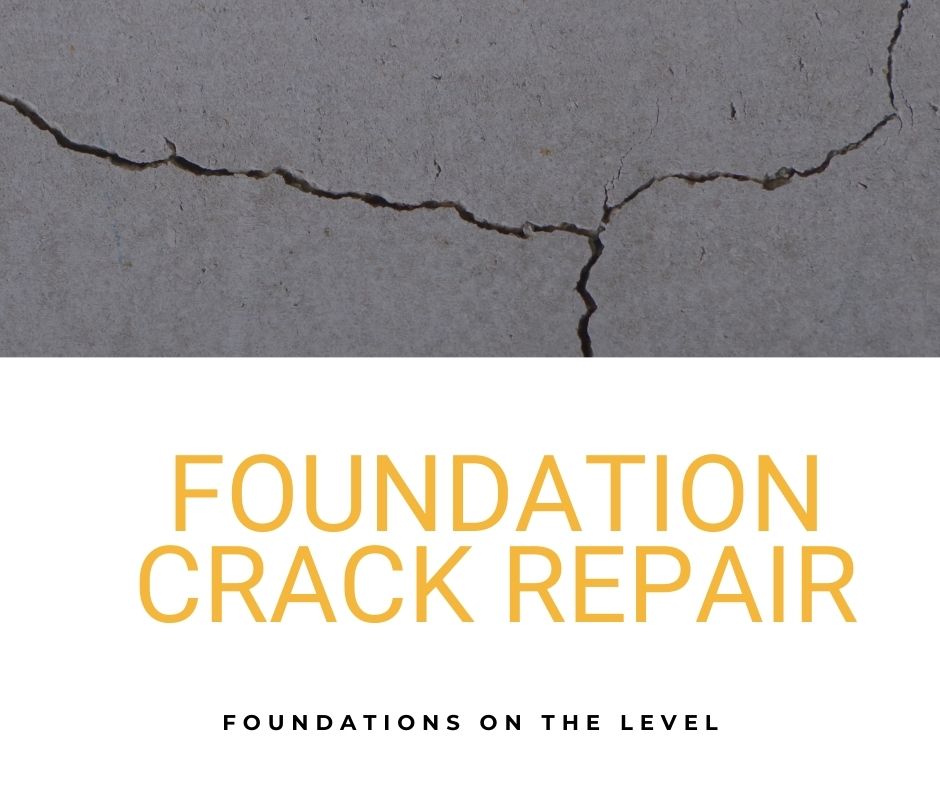
Foundation Crack Repair
December 8, 2020
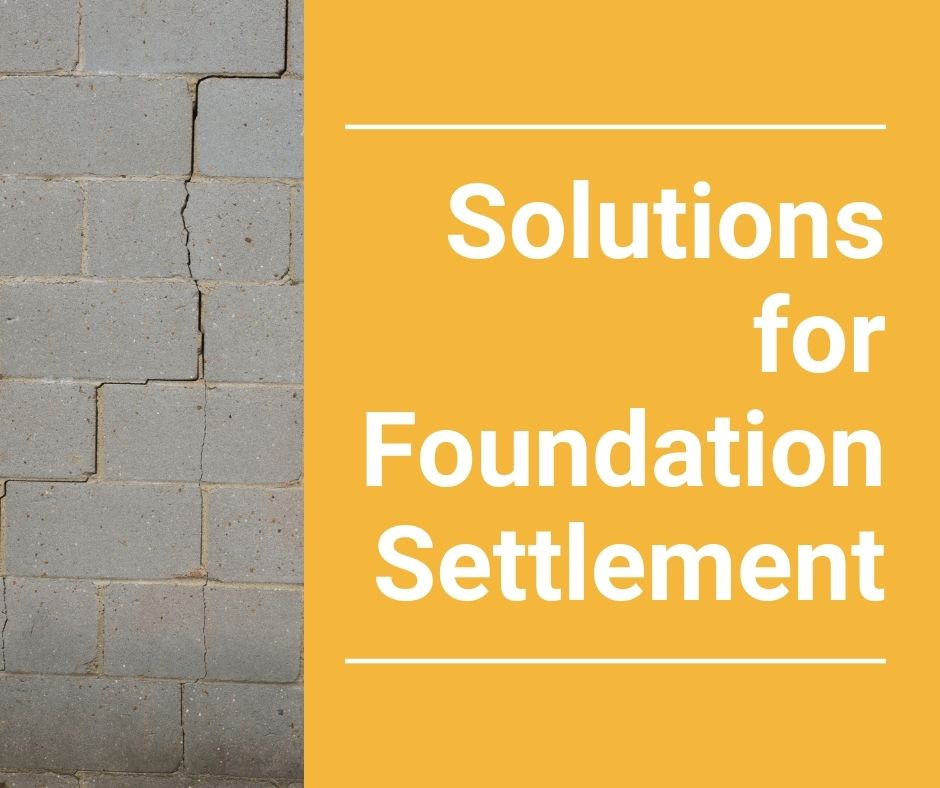
Solutions for a Settling Foundation
November 19, 2020
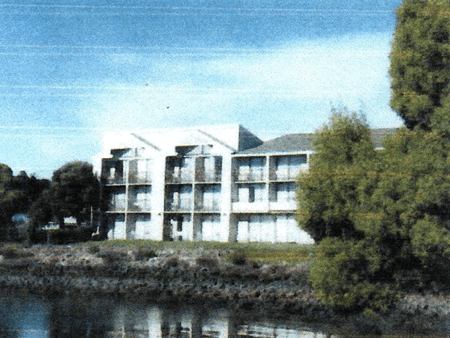
Underpinning Helps DoubleTree by Hilton Hotel at Berkeley Marina
September 8, 2020
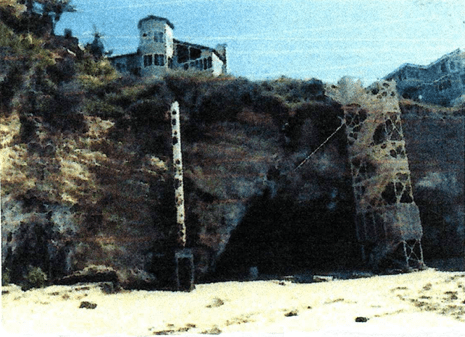
Steel Piers Stabilizes Laguna Beach Home With Natural Cave Below
September 8, 2020
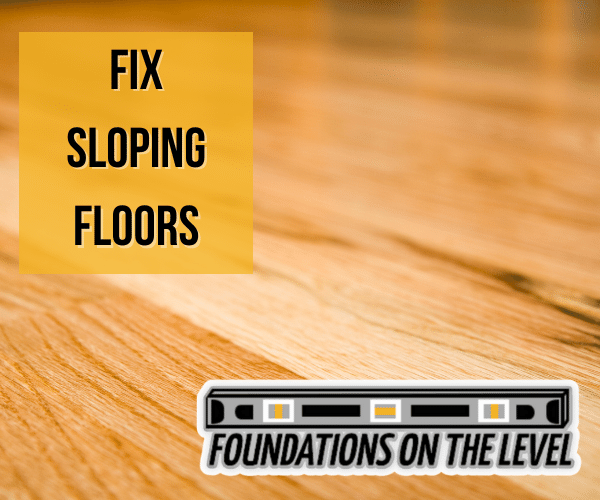
How to Fix Uneven Sloping Floors
August 14, 2020
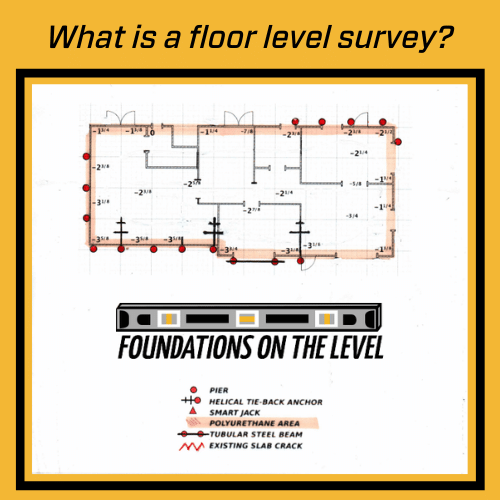
What is a Floor Level Survey?
August 3, 2020
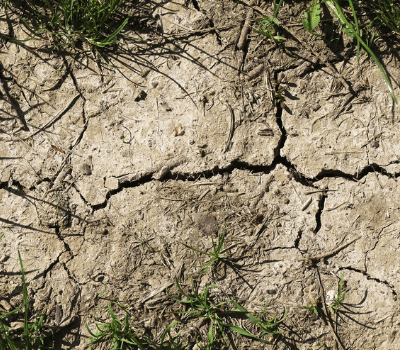
Hot Dry Weather a Fire Hazard
June 8, 2020
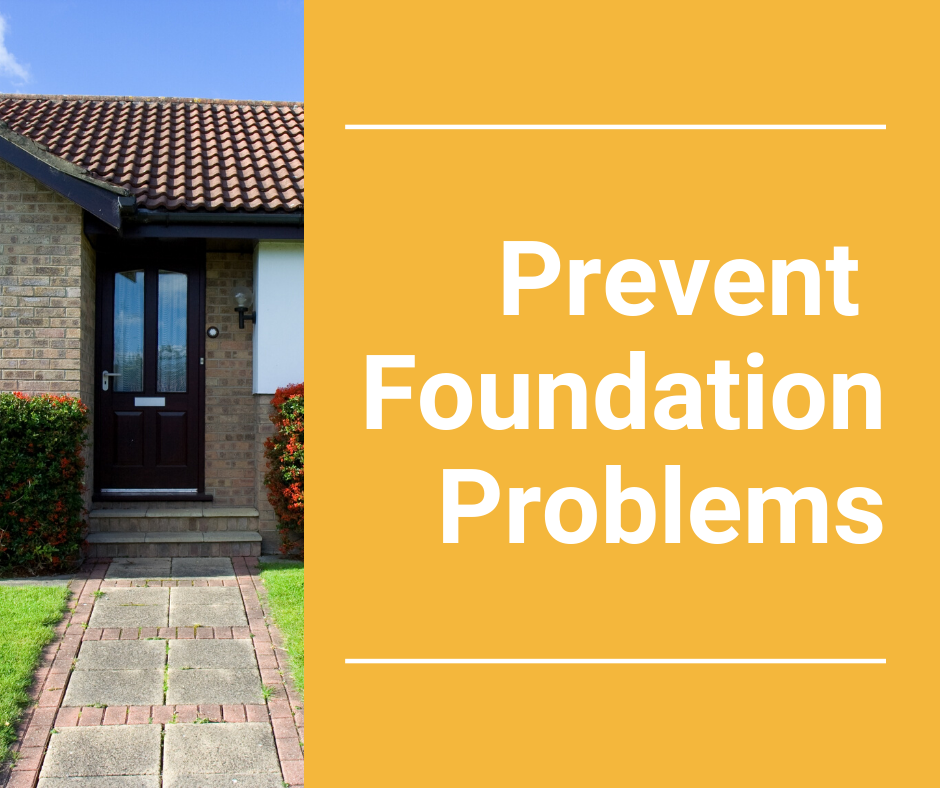
Help Prevent Foundation Problems
June 5, 2020
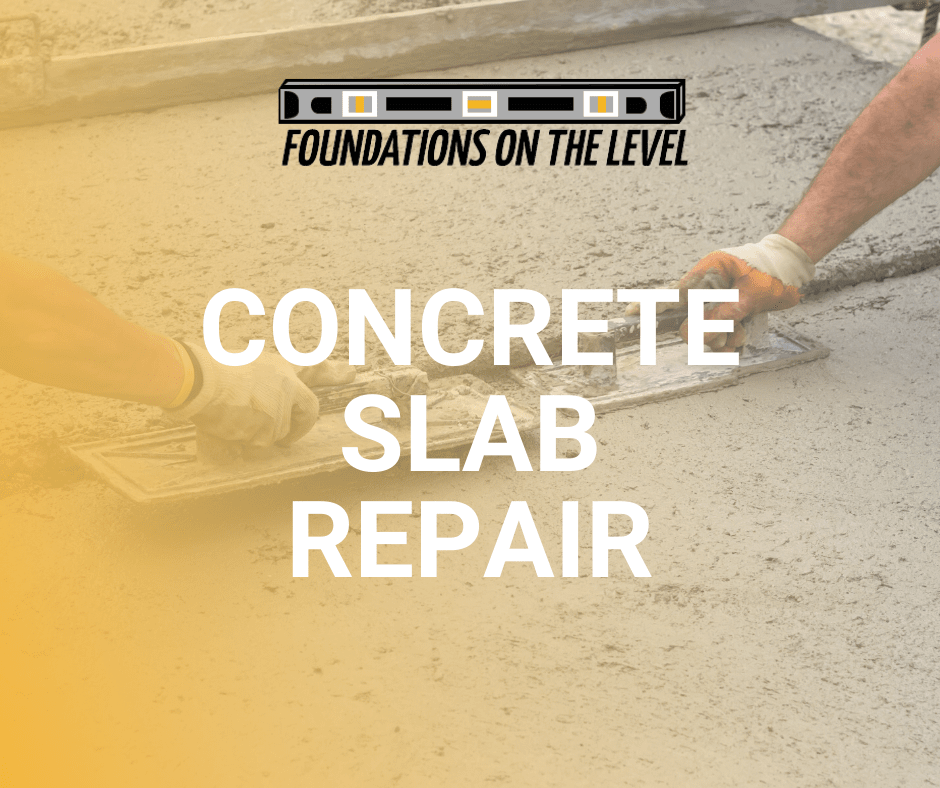
Concrete Slab Repair
May 13, 2020
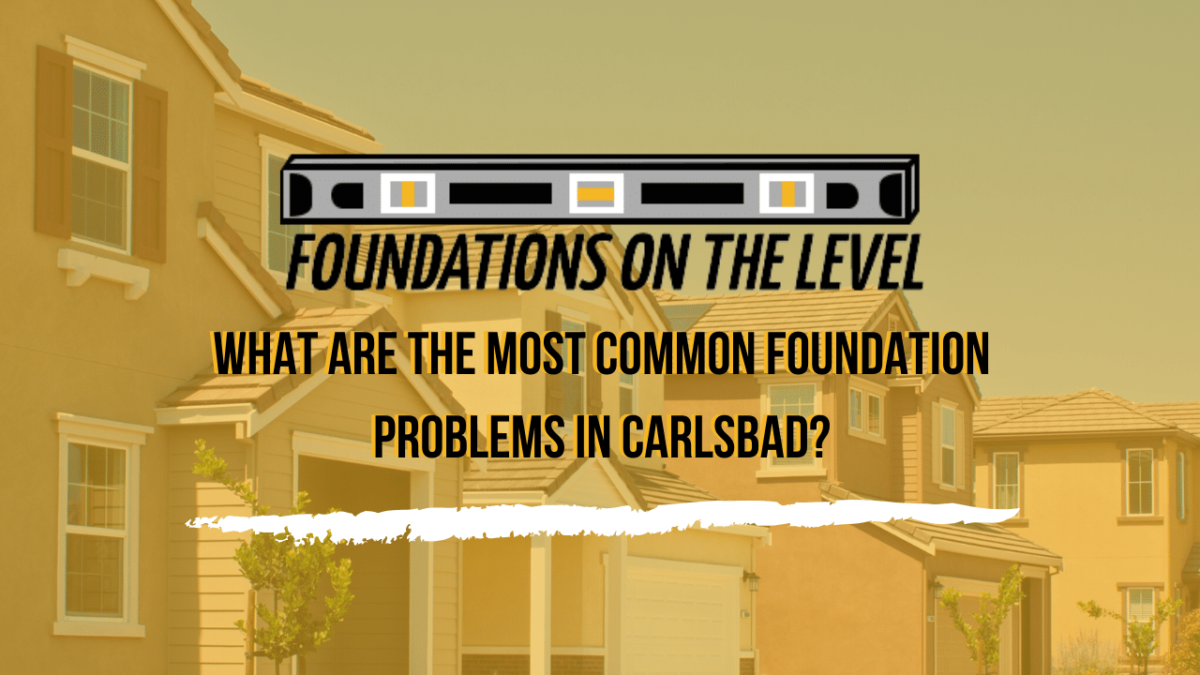
Around the House in Carlsbad, CA
March 12, 2020